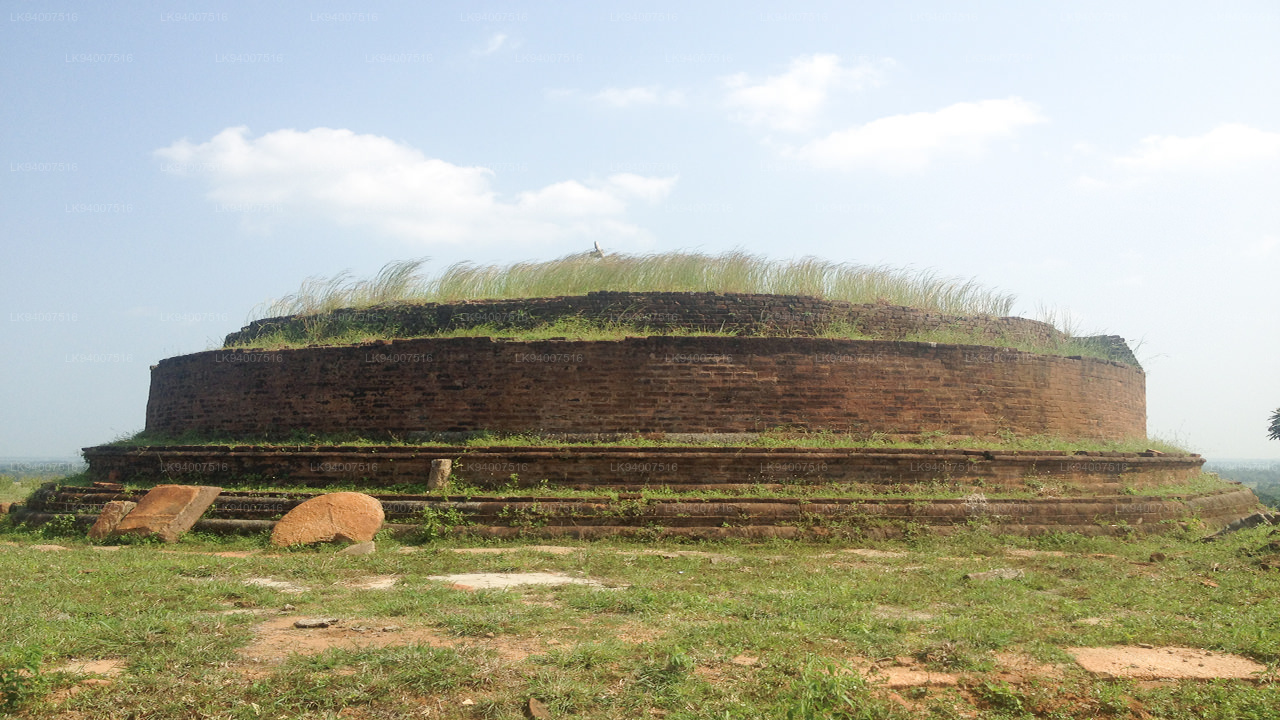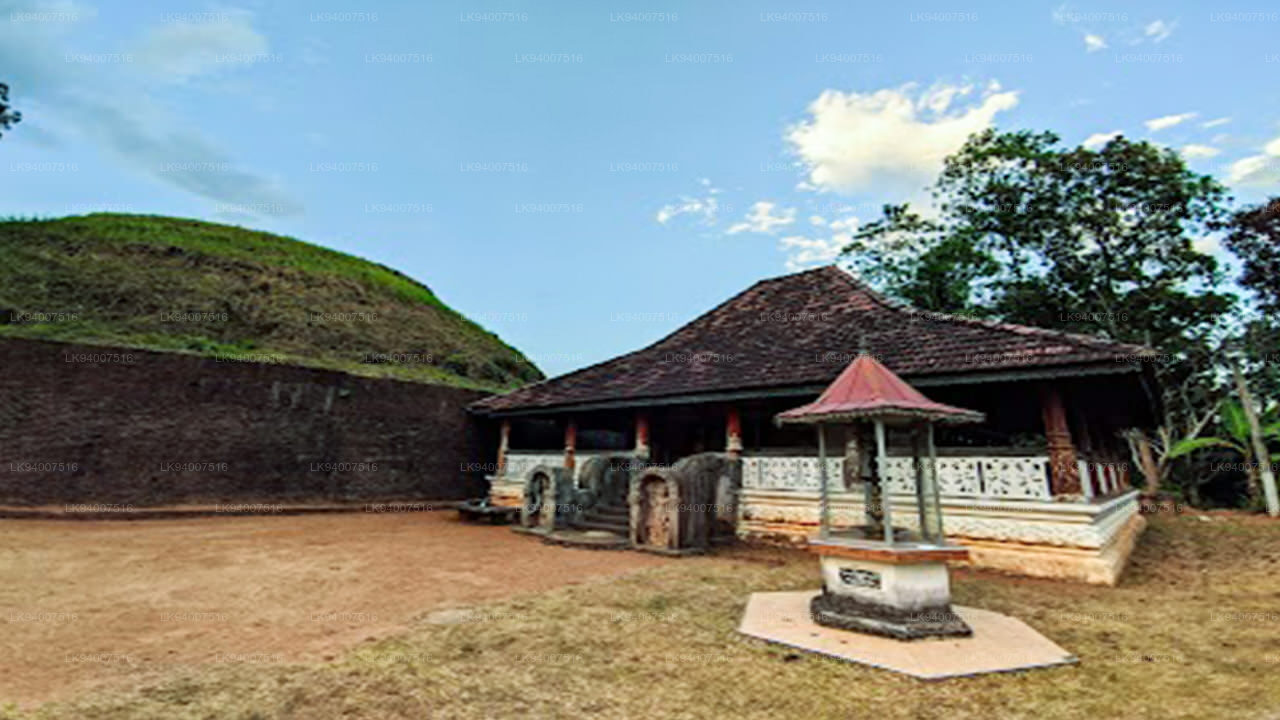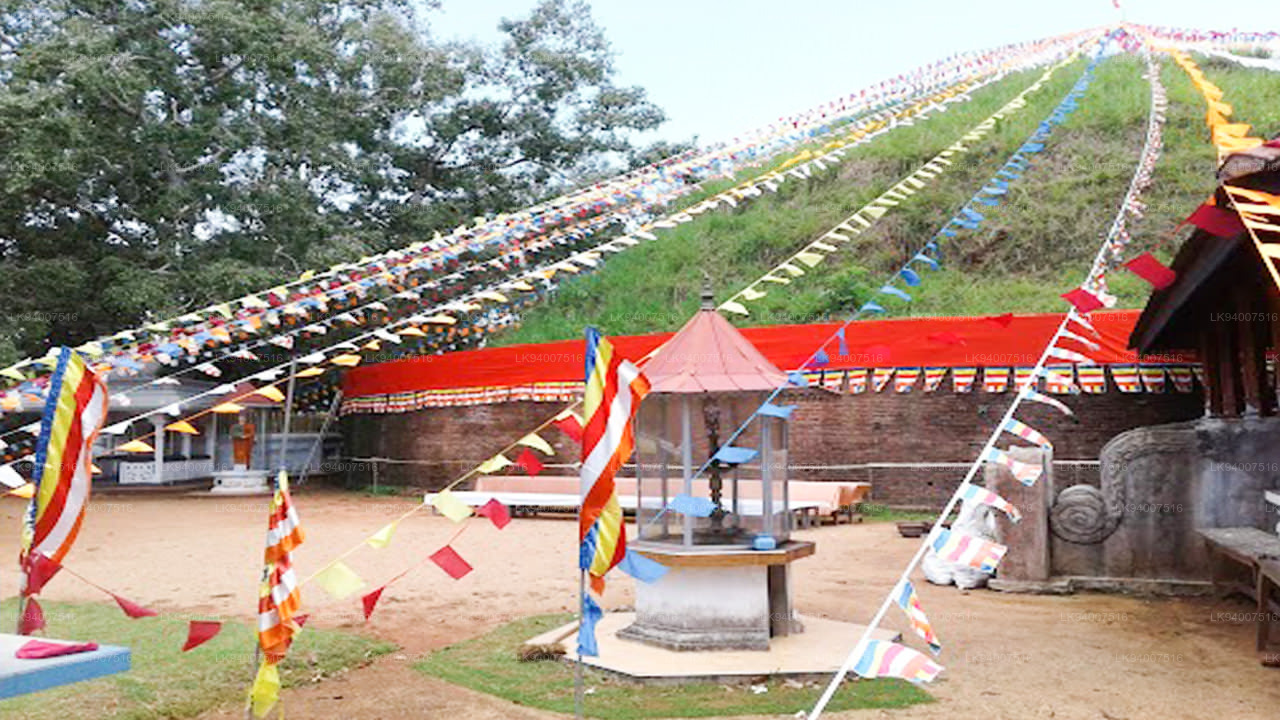
Kegalle City
Kegalle City is a scenic town in Sri Lanka, known for its rich natural beauty, rubber plantations, and cultural heritage. Located between Colombo and Kandy, it offers attractions like the Pinnawala Elephant Orphanage, picturesque waterfalls, and spice gardens. A perfect destination for nature lovers and cultural explorers.
Deliwala Kota Vehera



Deliwala Kota Vehera
Deliwala Kota Vehera was built by a regional king called Keerthi Tissa in the 3rd century BC. On a request by him, the King Devanmpiyatissa (250-210 BC) invited Mihindu Maha Thero and he came to this temple with the relics which were ceremoniously enshrined.
History
This stupa was built at least on the 1st century BC. Based on the Brami lettering on the bricks and size of the bricks archeologists believe these bricks belong to the period of King Dutugemunu (161-131 BC). But according to Mahavansa, this was built during the time of King Devanmpiyatissa (250-210 BC).
There is another belief that this was built by King Parakramabahu ( 1153-1186) while he was staying there but left to Polonnaruwa leaving the stupa in a incomplete state.
Archeological structure
In 1892, A.C. Bell has reported that the stupa’s circumference being 640 feet, and the height as 112 feet. Although treasure hunters have missed this stupa, it has been in a very dilapidated state when it was found. It was also reported that this was built using thin layer of bricks as the shell and filled with earth inside. This stupa has been built by shaping a small natural hill and building a brick shell over the hill.
During excavations in 1957, a golden casket of about 3 inches height was discovered near the Pesa Walalu. This was perfect replica of the Sanchi Stupa in India. A relic chamber was not present in this stupa but in addition to the golden casket, 173 smaller caskets and 2 gemstone caskets have been discovered in the stupa. Today the stupa is 160 m in circumference.
About Kegalle District
Kegalle District, located in the Sabaragamuwa Province of Sri Lanka, is known for its lush landscapes and historical significance. The district is home to scenic hills, rubber plantations, and paddy fields, contributing to its rich agricultural economy. Kegalle is also famous for the Pinnawala Elephant Orphanage, a popular tourist attraction that provides care for rescued elephants.
The district has a diverse cultural and historical heritage, with ancient temples, colonial-era architecture, and traditional industries such as spice cultivation and handicrafts. Kegalle town serves as the administrative and commercial hub, offering essential services and transport links to major cities like Colombo and Kandy.
Nature lovers can explore the region’s waterfalls, caves, and forests, making it an ideal destination for eco-tourism. The district’s close proximity to major highways enhances accessibility, attracting both tourists and investors to this picturesque part of Sri Lanka.
About Sabaragamuwa Province
Sabaragamuwa Province, situated in southwestern Sri Lanka, comprises the districts of Ratnapura and Kegalle. It is renowned for its rich natural resources, including tea, rubber, and precious gemstones. Ratnapura, the capital, is famously known as the "City of Gems," playing a central role in the country's gem trade. The province also features vast agricultural lands, contributing significantly to Sri Lanka’s economy.
In addition to its economic importance, Sabaragamuwa is a region of great natural beauty and biodiversity. The Sinharaja Rainforest, a UNESCO World Heritage Site, is partially located within the province, offering a sanctuary for rare flora and fauna. Waterfalls, mountains, and wildlife reserves make it a prime destination for eco-tourism and adventure seekers.
Culturally, Sabaragamuwa is home to numerous ancient temples, traditional dance forms, and historical sites. Its well-connected road network ensures easy access to major cities, enhancing trade, tourism, and regional development.







